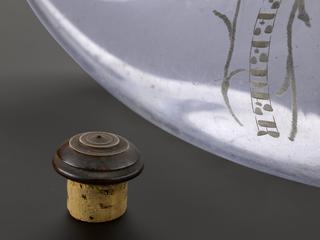




2 lancets by Durroch of London in mother-of-pearl case with decoration of trees, river and a dwelling, 19th century
Lancets were a common medical tool used for a range of medical treatments including blood letting. The long running medical journal The Lancet is named after them.
Blood letting is a technique that has been used in many cultures across the world for thousands of years. Each medical system of thought has their own reasoning for doing so.
In Western European thought, health was believed to be based on the balance of the body's four humours (blood, black bile, yellow bile and phlegm). Each humour was assigned different qualities. Blood was characterised as hot and wet. Therefore if someone had a fever (being hot and sweaty), they may be diagnosed as having too much blood in their system, which needed to be removed. Each person's balance of humours depended on their age, sex and their local environment.
The decorative scene and the mother of pear materials suggests that the owner was wealthy enough to afford the item.
Details
- Category:
- Therapeutics
- Collection:
- Sir Henry Wellcome's Museum Collection
- Object Number:
- A140140
- Materials:
- silver and mother-of-pearl
- Measurements:
-
overall: 67 mm x 32 mm x 10 mm, .037 kg
- type:
- lancets
- credit:
- Fosters




